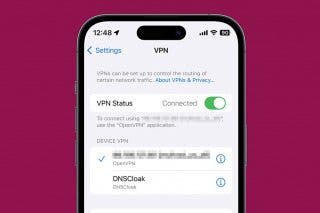How Much Does Apple Watch Cellular Cost with Every Carrier


What to Know
- An Apple Watch with just GPS needs to be connected to an iPhone, while a cellular Apple Watch can operate independently.
- The cost of an Apple Watch cellular plan can range between $10 and $20 per month.
- If you need multiple Apple Watch cellular plans, consider Family Setup to save money.
If you want to buy an Apple Watch with cellular, there are two costs to consider. First, an Apple Watch model that supports cellular service. Then, a cellular plan for your Apple Watch. Below, we'll discuss what each Apple Watch cellular plan costs for the compatible models. We'll also answer your top Apple Watch data plan questions!
How Much Is an Apple Watch with Cellular Service?
If you're looking to purchase a Apple Watch with cellular, you'll see two models listed: Apple Watch (GPS) and (GPS + Cellular). Basically, a GPS-only model needs to be near your iPhone to text, call, and stream music, while a GPS + Cellular Apple Watch doesn't. While you'll need a GPS and cellular model in order to have cellular service, we've also listed the GPS-only prices below to help you easily compare the difference. Keep in mind that the cost of an Apple Watch with cellular does not include the cost of a cellular plan for Apple Watches; the additional cost only reflects the device's cellular capability.
How Much Does the Apple Watch Series 11 with Cellular Cost?
The cellular model of the Apple Watch Series 11 cost:
- Apple Watch Series 11 (GPS): Starts at $399.
- Apple Watch Series 11 (GPS + Cellular): Starts at $499.
How Much Does the Apple Watch SE (3rd Gen) with Cellular Cost?
If you're looking for a budget-friendly option, we recommend the third-generation Apple Watch SE, which is the least expensive model currently sold by Apple. This is one of the best cheap cellular watches for kids.
- Apple Watch SE (GPS): Starts at $249.
- Apple Watch SE (GPS + Cellular): Starts at $299.
How Much Does the Apple Watch Ultra 3 with Cellular Cost?
The Apple Watch Ultra is the most expensive model:
- Apple Watch Ultra 3 (GPS + Cellular): Starts at $799.
- The Ultra doesn't offer a GPS-only option.
Now, that you know the cost of the device itself, how much does an Apple Watch cellular plan cost? Let's get started learning which is the cheapest data plan for an Apple Watch. Apple Watch Cellular vs GPS, how do you know which one you have? You can confirm that you have a Cellular-compatible watch by looking up your Apple Watch model number, an even quicker way to tell is to look at your watch's Digital Crown and see if you have a red or orange circle on it. If you do, you have a GPS + Cellular model, if not, you have a GPS-only version. For more great Apple Watch tutorials, be sure to check out our free Tip of the Day!
How Much Is a Cellular Plan for an Apple Watch?
The monthly cost for an Apple Watch cellular plan varies depending on the carrier and your location. The price tends to range between $10-20/month to add cellular to your Apple Watch. As long as that sounds worth it for you and your budget, it’s incredible to have a cellular Apple Watch that can go iPhone-free. So, how much does a cellular data cost specifically? Find out below!
AT&T Apple Watch Plan
The AT&T Apple Watch cellular plan is quite simple: $10.99/month plus AT&T Administrative & Regulatory Cost Recovery Fees which should be about $3.49. This brings the total to about $14.48 per month. There is also a one-time activation fee of $35.00. The Apple Watch AT&T plan requires you to have at least one active smartphone line.
C Spire Apple Watch Plan
The C Spire Apple Watch cellular plan is $20 per month plus Administrative Recovery Charge and Regulatory Recovery Charge fees that add $3.34 per month, making your monthly total $23.34. The one-time activation fee for C Spire is $30. Sometimes there are deals that let you add an Apple Watch cellular plan to an existing plan for $10 per month, extra fees may also apply.
T-Mobile Apple Watch Plan
Depending on the plan you select, a T-Mobile Apple Watch cellular plan costs either $12 or $15 per month to add your T-Mobile watch plan option to your iPhone's plan. A one-time $35 activation applies. Sometimes there are deals that let you add an Apple Watch T-Mobile cellular plan to an exiting phone plan for as little as $5 or $7 per month, plus fees and taxes.
U.S. Cellular Apple Watch Plan
A U.S. Cellular Apple Watch cellular plan doesn't require an iPhone to be connected as well, and costs $10 per month. If you already have a postpaid phone plan, you can connect your Apple Watch for free for this first three months, then pay $10 per month. There is also a one-time $30 activation fee per added device and other taxes and fees may apply based on where you are located.
Verizon Apple Watch Plan
The Verizon Apple Watch cellular plan is $15 per month, but offers a discount if paired with a smartphone plan. With the discount and/or Verizon Apple Watch deals, it can cost as low as $7.50 for your cellular Apple Watch plan. The Apple Watch Verizon plan also has a $35 activation fee and other fees and taxes may apply based on your location.
Boost Mobile Apple Watch Plan
Boost Mobile offers Apple Watch cellular plans that $10 per month per watch.
Xfinity Wireless Apple Watch Plan
Family Setup isn't supported by Xfinity Mobile, but the Xfinity Apple Watch cellular plan in only $10 per month.
Pro Tip
Once you get set up with a carrier, your cellular Apple Watch will have its own phone number for billing purposes. Learn how to find your Apple Watch phone number.
Family Setup
Another thing to consider when trying to decide the best Apple Watch data plan for you and your family is Apple's Family Setup. Starting with watchOS 7, you can pair other users' Apple Watches with your iPhone in what Apple is calling Family Setup. This means members of a household or family can have their own cellular Apple Watches while connecting to one iPhone, and, therefore, one cellular plan. Besides being a great way to save on monthly costs, this also allows parents to monitor their children's Apple Watch use and even location, offering new ways to keep children safe in a world of increased technology. The carriers with Family Setup support are:
By now you've probably settled on an Apple Watch cellular service provider as well as an Apple Watch cellular plan! To explore more features of your Apple Watch, be sure to find out how accurate are Apple Watch calories, as well as our guide to Apple Watch icons.
FAQ
- How much does cheapest data plan for a cellular Apple Watch cost? The lowest Apple Watch cellular plan cost at this time is from US Cellular, because you can get a $10/month plan without the requirement of a connected iPhone.
- Can you still text on an Apple Watch without cellular service? Yes, but only if your iPhone is connected, within range, and has service. Without a cellular plan of its own, your Apple Watch is essentially a wearable extension of your iPhone and only has service through it.
- What’s the difference between Apple Watch GPS vs cellular? A cellular Apple Watch can call, text, and use data without a synced iPhone nearby; its cellular service makes it like a mini wearable iPhone. An Apple Watch with only GPS relies on your iPhone and sometimes an internet connection.
- Can you use an Apple Watch cellular without a cellular plan? An Apple Watch with cellular doesn't have to have a cellular plan; they can use data and cell service from your iPhone. If you don't intend to use cellular with your Apple Watch, though, it makes sense to go with the cheaper Apple Watch GPS.
- Can you use an Apple Watch without iPhone? Without your iPhone nearby, functionality will be quite limited unless you have an Apple Watch with a cellular plan. Apple has a great resource to explain the things you can and can't do on your Apple Watch without a cellular connection, Wi-Fi, or your iPhone paired.
- Are there Mint mobile Apple Watch cellular plans? Unfortunately not, but you can use Mint with your Apple Watch via your iPhone.

Conner Carey
Conner Carey's writing can be found at conpoet.com. She is currently writing a book, creating lots of content, and writing poetry via @conpoet on Instagram. She lives in an RV full-time with her mom, Jan and dog, Jodi as they slow-travel around the country.

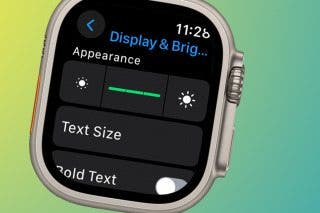
 Leanne Hays
Leanne Hays
 Olena Kagui
Olena Kagui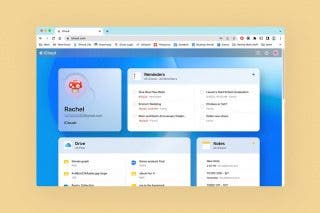
 Rachel Needell
Rachel Needell

 David Averbach
David Averbach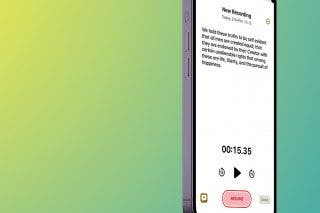
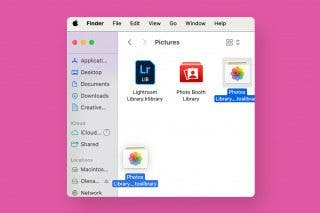
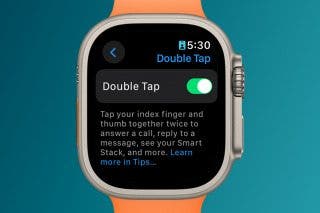
 Rhett Intriago
Rhett Intriago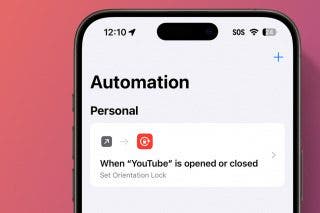
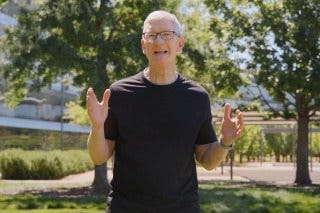
 Ashleigh Page
Ashleigh Page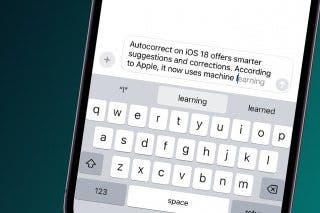
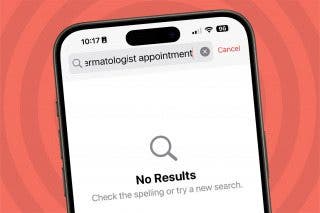
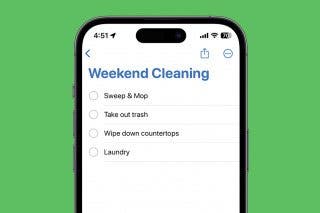
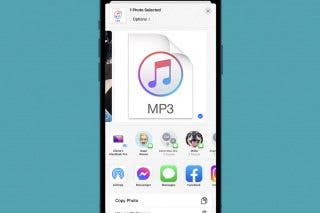
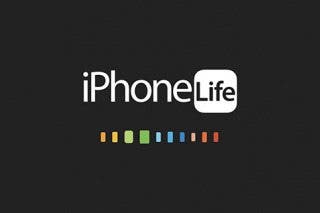
 Susan Misuraca
Susan Misuraca